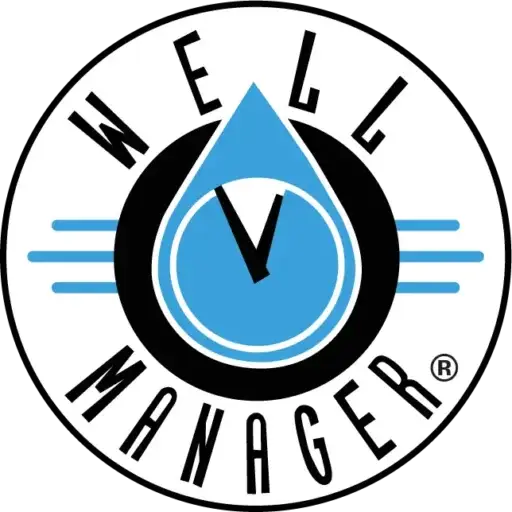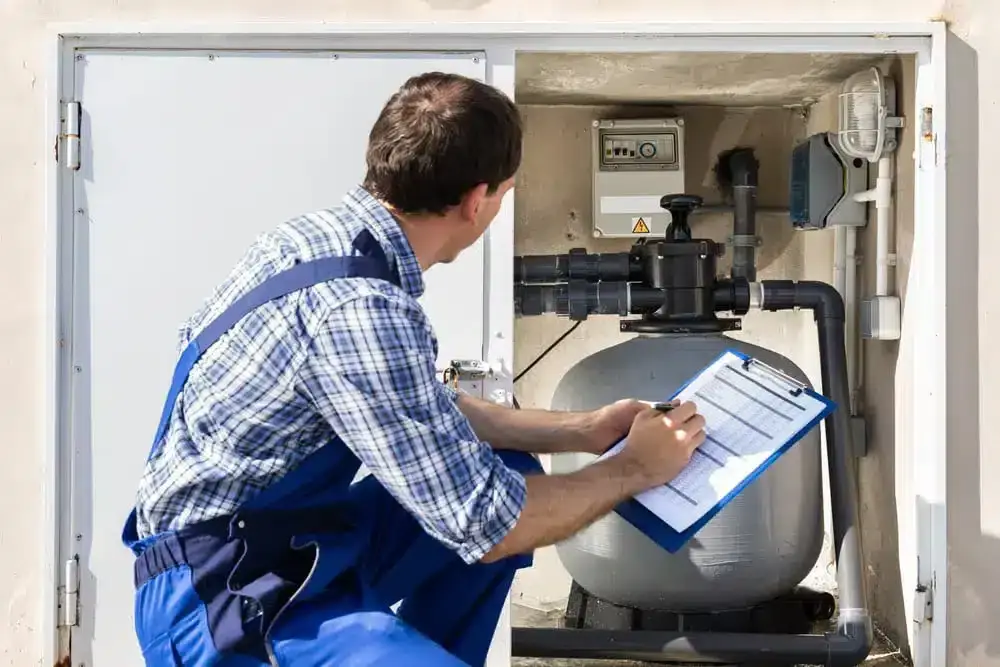Characteristics and Causes of Low Yield Wells
Have you ever run out of water when you need it the most? You might have a low yield well. A low yield well does not consistently produce enough water to meet your daily needs. These wells typically yield less than 5 gallons per minute (GPM) and are often located in regions with less productive aquifers, like areas with glacial till or deep bedrock. Various geological factors can limit the amount of water entering the well, causing insufficient water production. Understanding these factors can help manage and mitigate the issues associated with low yield wells.
Geological Factors
- Glacial Till and Bedrock:Wells drilled into glacial till or deep bedrock often have lower yields due to their limited permeability. The water is stored in fractures or pore spaces within the rock, which may not be interconnected, thus reducing the flow rate into the well.
- Aquifer Characteristics:The type of aquifer that the well taps into greatly influences its yield. Unconfined aquifers with extensive, permeable materials like sand and gravel typically yield higher than confined aquifers in less porous materials.
Seasonal and Climatic Influences
- Seasonal Variations:During dry seasons or droughts, the water table can drop significantly, reducing the water available to low yield wells. This seasonal fluctuation can cause wells that generally meet water demand during wetter periods to become insufficient during dry periods.
- Climate Change:Long-term changes in climate, such as reduced annual precipitation or extended drought periods, can further exacerbate the problems of low yield wells by permanently lowering the water table or reducing aquifer recharge rates.
Identifying a Low Yield Well
Recognizing the signs of a low yield well is essential for early intervention and management. Identifying these signs and understanding the appropriate testing and monitoring methods can help determine if a well is low yield and guide the necessary steps to address the issue.
Signs and Symptoms
- Slow Recovery Rate:A well that takes long to refill after significant use indicates a low water table or limited water supply.
- Frequent Pump Cycling:Frequent on-off cycling of the well pump can signify that the water level in the well drops quickly, requiring the pump to cycle more often to maintain pressure.
- Water Shortages:Periods of insufficient water supply, especially during high demand or drought conditions, indicate a low yield well.
- Air in the Water System:Air spurting from taps occurs when the water level drops below the pump intake, allowing air to enter the system.
- Change in Water Quality:Sediment in the water or changes in clarity can indicate that the water level is low, causing the pump to pull sediment from the bottom of the well.
Testing and Monitoring
- Flow Rate Measurement:To determine the well’s yield, measure the gallons per minute (GPM) it produces by timing how long it takes to fill a container of a known volume.
- Professional Inspection:Professional inspections are key in identifying and managing low yield wells. They will ensure the well pump and other components function correctly and assess the well’s overall condition, reassuring you about the process.
- Flow Test:A well professional can conduct a flow test to determine the well’s recovery rate and sustainable yield, providing a more accurate assessment of its capacity.
Well Manager LLC: Your Trusted Partner for Low Yield Wells
At Well Manager LLC, we understand the unique challenges of low yield wells and offer innovative solutions you can trust to ensure a reliable water supply. Our advanced water management systems, like the Well Manager® and Well Watcher® systems, are designed to optimize water collection and maintain consistent water pressure. By leveraging our technology, you can efficiently manage water usage, protect your well, and enjoy a dependable water supply. Our products are simple to install and guarantee improved water availability, providing you with confidence and security, especially for households struggling with low yield wells.
Related Reading
- Why Traditional Low-Yield Well Solutions Fall Short: Discover a Better Alternative
- What is Mineral Incrustation and Why Is It Affecting My Well Yield?
- Who Used All the Water?!?!—Understanding Your Well Recovery Rate
- Understanding the Differences Between Surface Water and Groundwater: Enhancing Well Water Management
- How to Survive a Drought with a Low Yield Well



